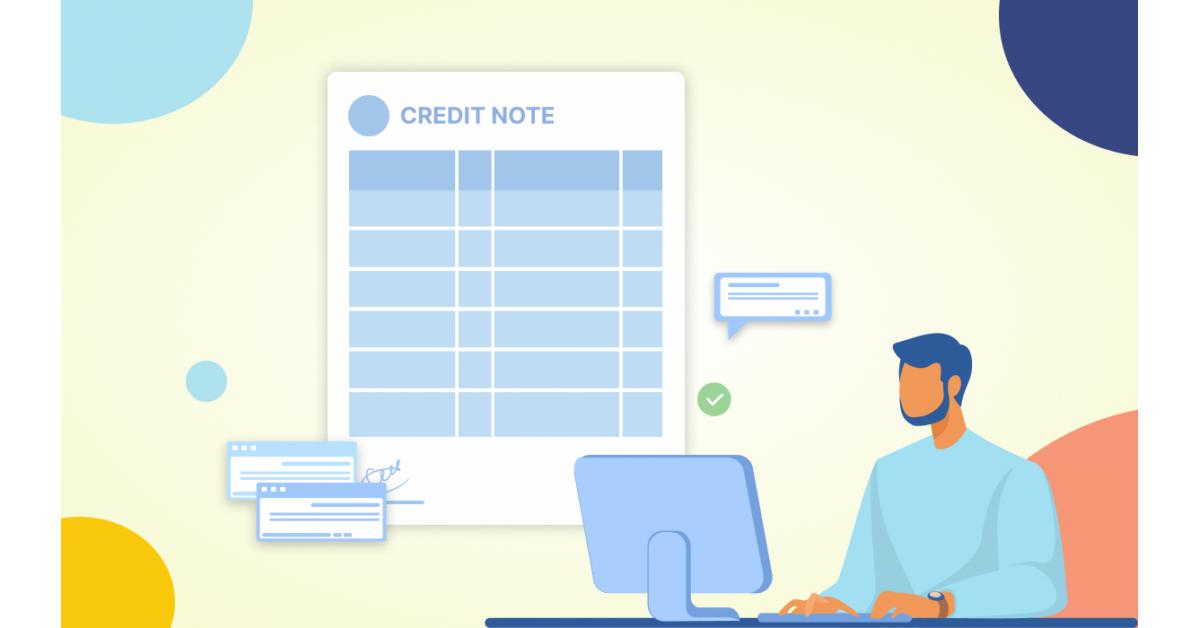Digital invoicing has changed the perspective of a credit note. Simply a digital revolution. Things can be managed better with the right invoicing tool.
— Moon Invoice
CHICAGO, ILLINOIS, UNITED STATES, May 20, 2022 /EINPresswire.com/ — As a result of technological advancements such as digital invoicing and online invoicing software, many people believe that both individuals and corporations can achieve better financial management goals.
A credit note is a document sent by one party to another that indicates the crediting of the recipient’s account in the sender’s books. Suppose a decrease in the taxable value of the items delivered after the supplier has issued the tax invoice. In that case, he may issue a credit note with the necessary information.
It is not quite a refund, but it serves as an alternative for a refund by allowing the buyer to purchase the items at no cost in the future. A debit note decreases the buyer’s liabilities, while the credit note is the seller’s acknowledgment of the buyer’s debit note.
In general, credit notes may be used in any case that necessitates the modification and reissue of an invoice. In many cases, a credit note is included in an invoice. They may, however, be issued individually and used on a subsequent invoice.
It is important to differentiate between credit notes and debit notes. A debit note is a formal business document handed over from a buyer to a seller for the buyer to obtain a credit note from the seller.
Most billing software makes it simple to issue credit notes against any invoice with a few clicks. The procedure differs based on the program one uses. In Moon Invoice’s online payment software, there are two methods to generate a credit memo.
Click “Refunds and Credits” or Select “Create Memos/Refunds” from the Customers menu to generate credit memos or refunds.
These methods will both launch the Credit Memo window. The credit amount is managed as follows:
–>Issuing a refund – whether in the form of cash, a cheque, or a credit card
–>Keeping the customer’s money in their account.
–>Applying it to the next unpaid invoice.
After opening the credit memo box, choose the appropriate Customer: Job and returnable goods. Repeat as necessary for each returning item, then save and shut. The “Available Credit” box will appear. In the event that one has a credit balance, one may either apply it to the account, issue a refund, or apply it to the future invoice.
If a person uses a different invoicing tool, its help manual might guide on how to construct a credit note that immediately attaches to the current invoice and is assigned a unique number within the invoicing sequence.
Digital Invoicing and online payment software solutions have taken off the burden of managing the credit note against invoices and purchases – as they entirely manage the task automatically and integrate the same with the analytics and reporting facility.
Any products returned by the buyer are regarded as purchase returns, which reduces the buyer’s obligation to the creditor and the cost previously invested in acquiring the goods. As a result, they have deemed a debit against the creditor’s account and a credit against the purchase return account.
The credit note might minimize general obligation if the buyer has not yet paid the vendor. Suppose the buyer has already paid the full amount of the invoice. The credit note may be used to balance future payments to the seller or as a demand for cash in return for the credit note.
The creditor’s account should be debited in the buyer’s books to reflect the drop in obligation. The purchase return account should be credited to reflect the decrease in expenditure.
Returns of goods to a vendor are referred to as sales returns. By returning products to a seller, there is a reduction in income recorded as sales and a reduction in assets since the debtor will no longer be making payments.
As a result, a debit is posted to the sales return account to reduce revenue, and credit is sent to the debtor’s account to reduce assets.
After each reporting period, sellers must always examine all open credit memos. In order to establish whether or not they are connected to any outstanding debts receivable. This decreases the total cash amount of unpaid invoices and may be used to minimize supplier payments.
Invoicing a client, the incorrect amount may occur on occasion; thus, preparing and distributing credit notes as efficiently as possible saves time and money when errors do occur. Using automated invoicing software increases the productivity of the operations. Moon Invoice’s online payment software streamlines the procure-to-pay process, including billing.
Amelia Walker
Moon Invoice
+1 805-491-9393
[email protected]
Visit us on social media:
Facebook
Twitter
LinkedIn
Other
![]()
Health News - originally published at Health News -



 ,
,

